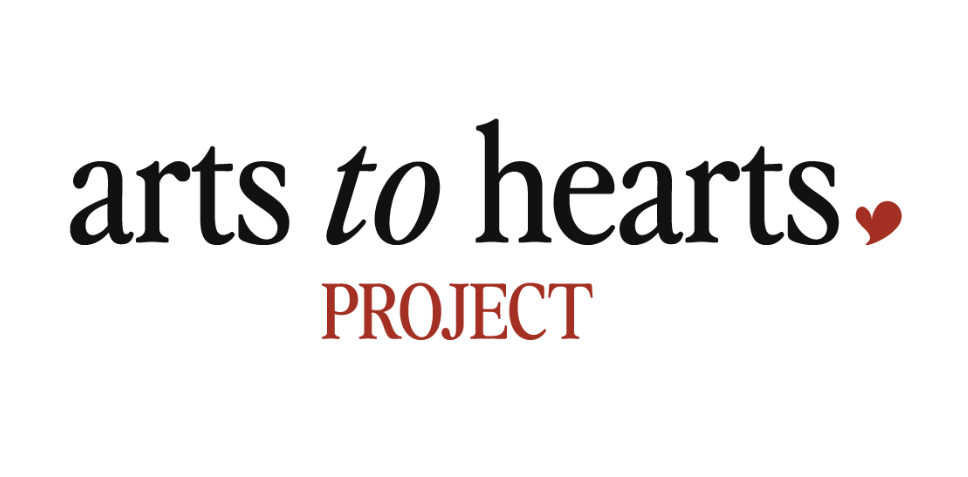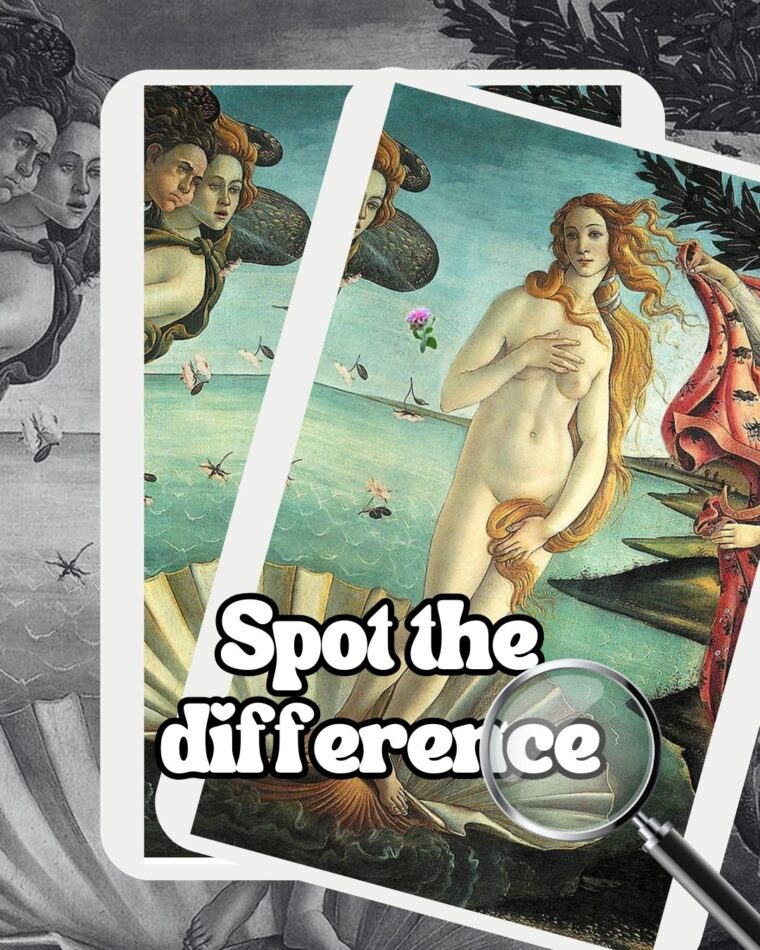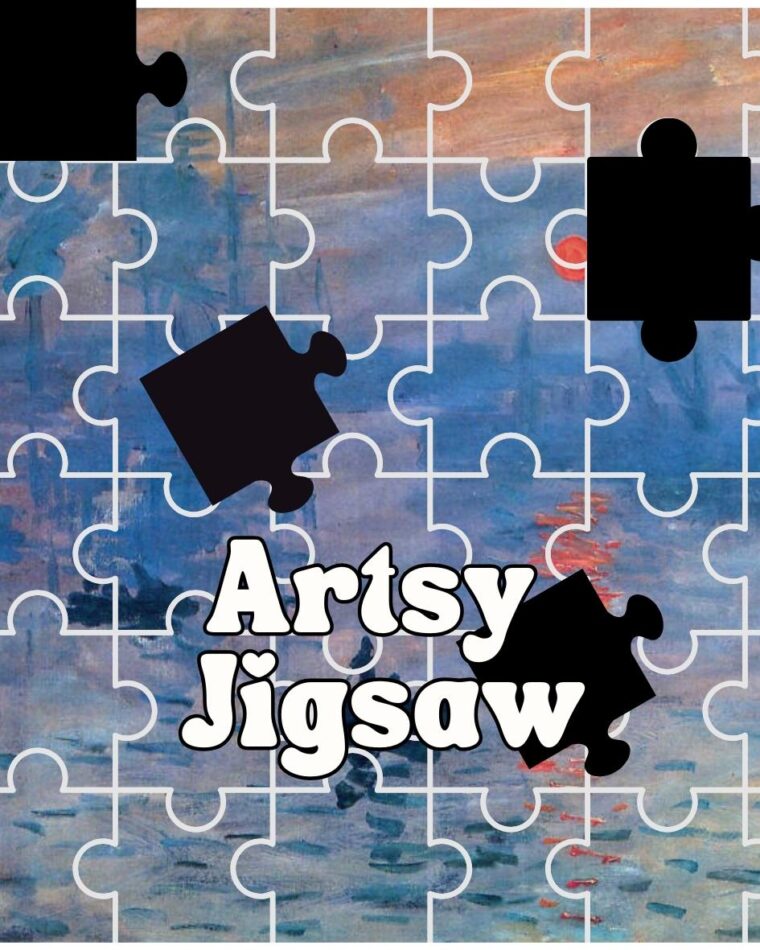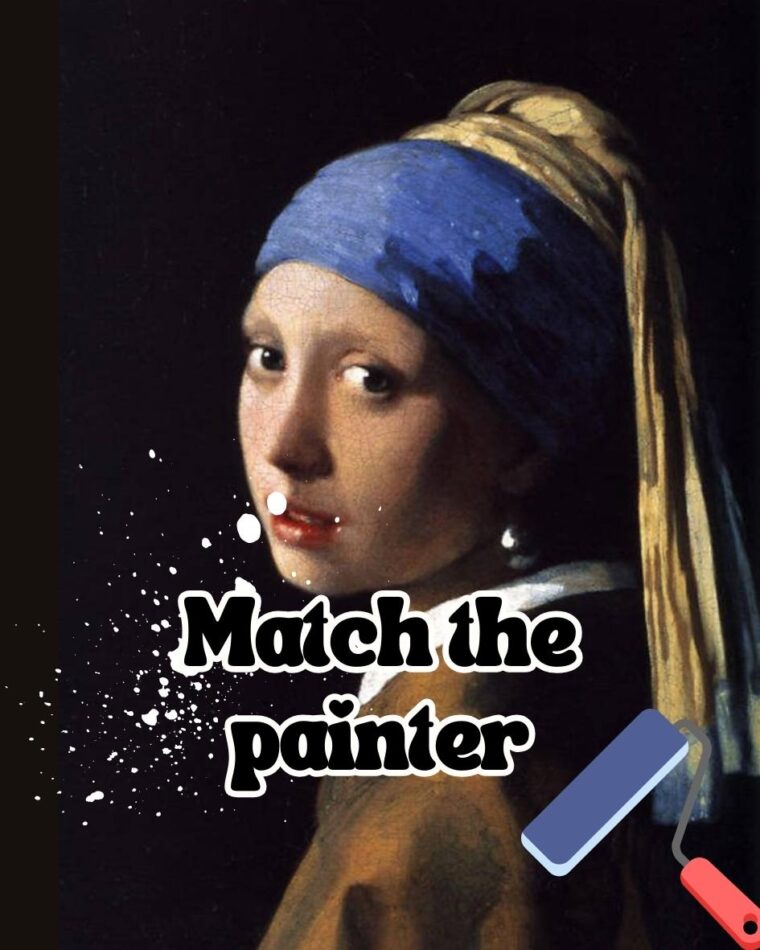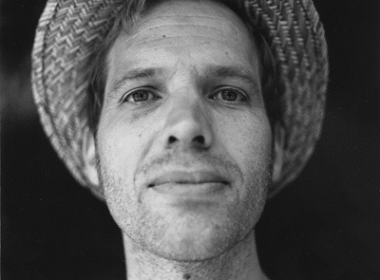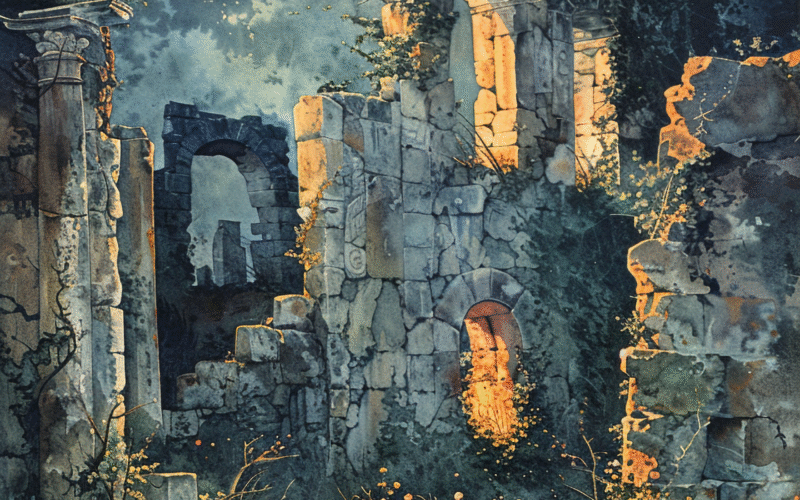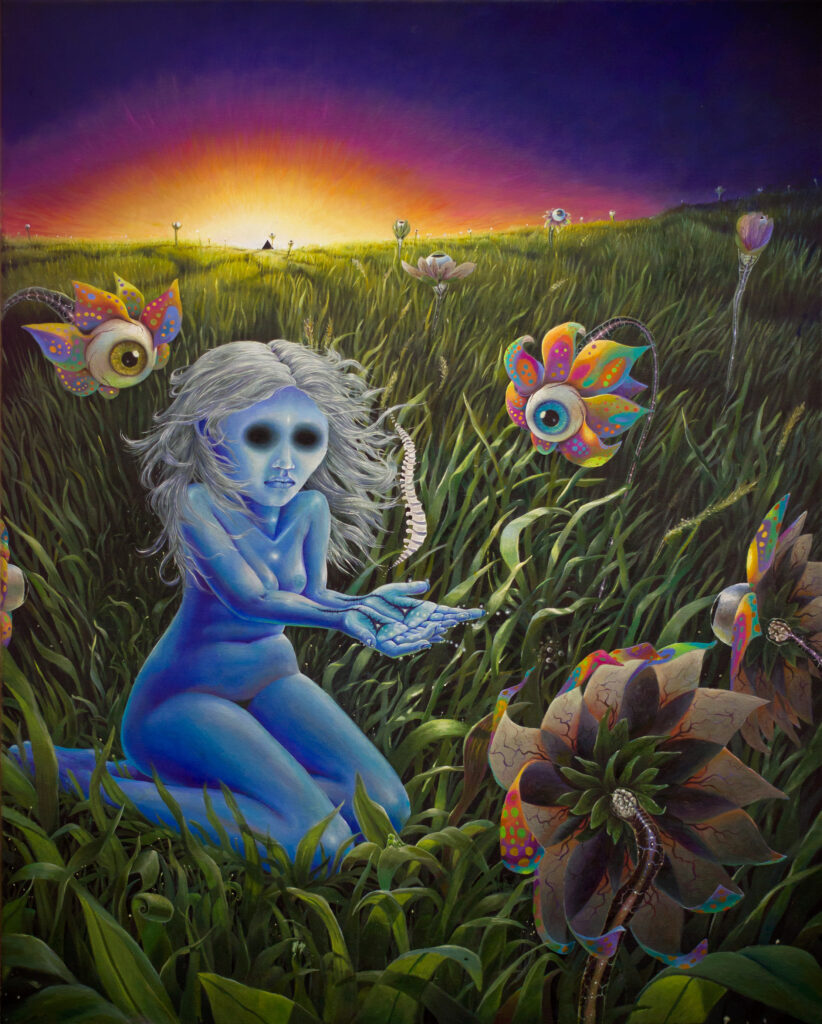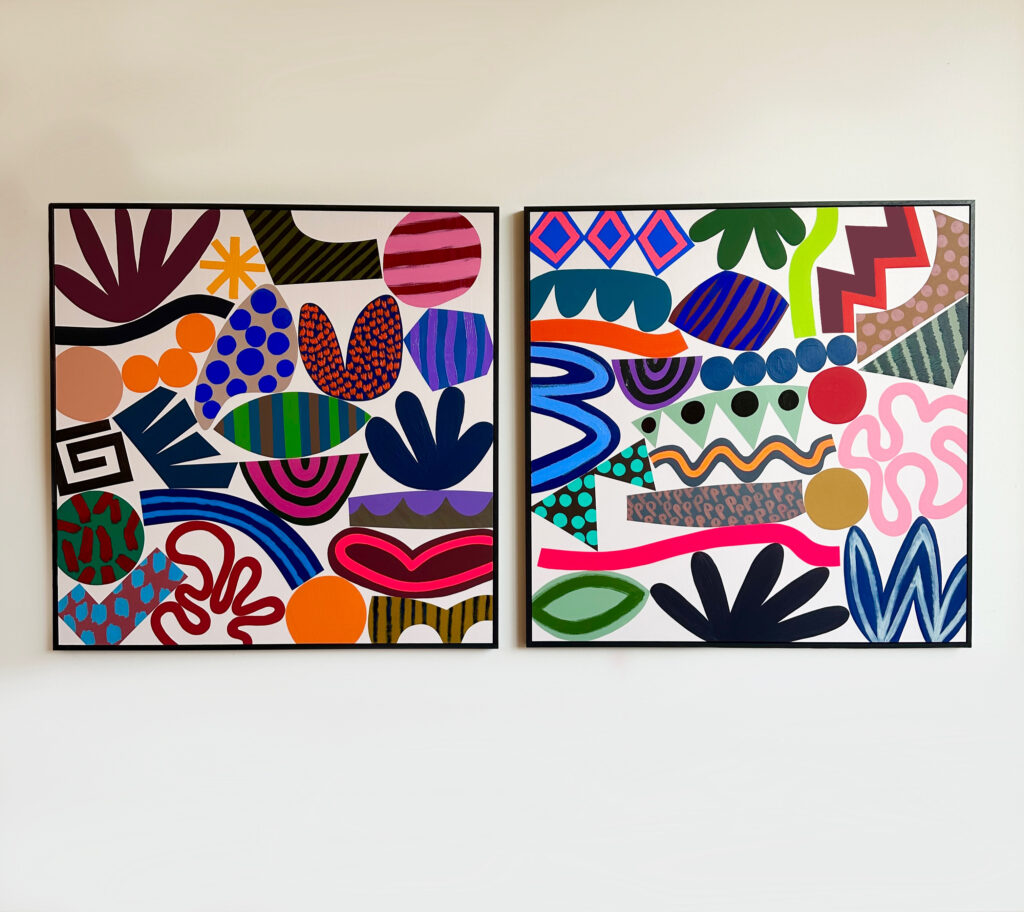
What Art has Taught her About Holding On and Letting Go | Polina Pivak
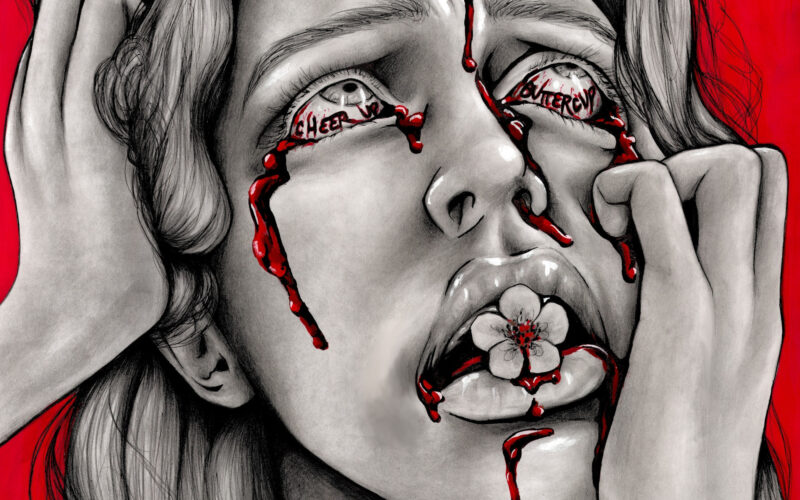


In this Arts to Hearts Project interview, we sit down with artist and community advocate Polina Pivak to learn more about her creative world—one shaped by movement, resilience, and deep ties to people and nature. Through her portraiture and landscapes, Polina shares how personal experiences, from growing up in a complex home to finding renewal in California’s Sierra Nevada foothills, shape the stories she tells with her art.
She talks about using watercolour, pen, and mixed media to process hardship, spark imagination, and reconnect with the land. Polina also opens up about her ongoing relationship with identity, healing, and the emotional weight that lives in both people and places.
This conversation reminds us that art doesn’t need to shout to be meaningful. Sometimes, it just needs to start with what moves you.
Polina Pivak is a featured artist in our book, “101 Art Book: Portrait Edition.” You can explore his journey and the stories of other artists by purchasing the book here: https://shop.artstoheartsproject.com/products/the-creative-process-book
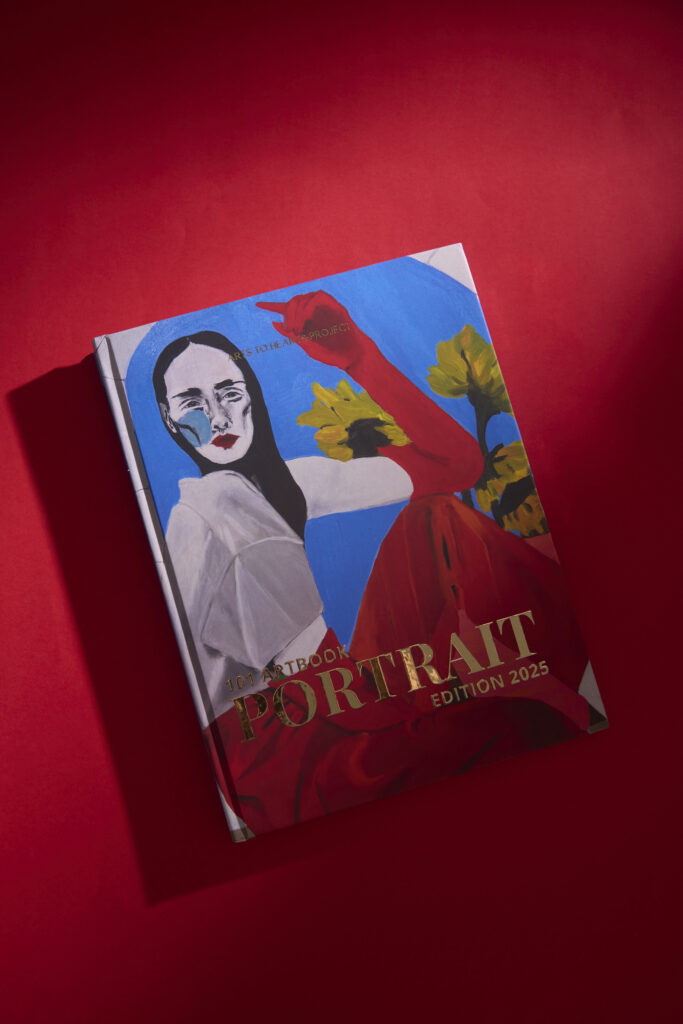
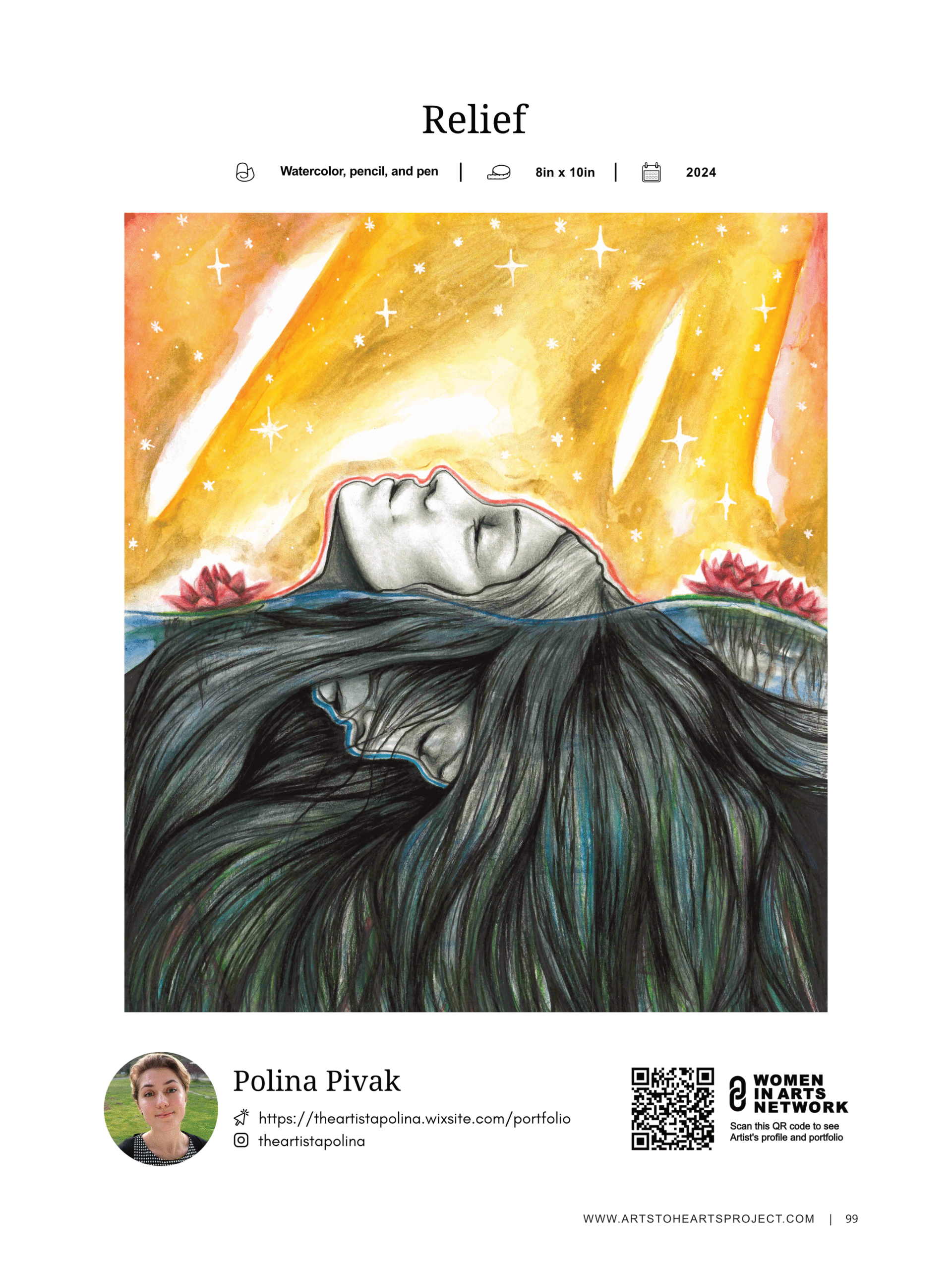
I am an artist and community advocate driven by a deep passion for people and the planet. As an immigrant who has moved frequently throughout life, I often hesitate to claim any one place as home. However, I currently reside in the breathtaking Sierra Nevada foothills of California. My journey has brought me into contact with diverse individuals and awe-inspiring landscapes—experiences that form the heart of my art practice in portraiture and landscape work. Art began for me as a way to infuse magic and beauty into my life—a tool for healing, reflection, and hope during times of adversity.
My creative practice is grounded in personal and collective stories, drawing from growth, resilience, and emotional transformation moments. I work primarily in watercolour, pen, and graphite, though I continue to explore new mediums. In my portraits, I use realism interwoven with surreal elements and imaginative compositions to tell deeper stories. I embrace bold colours and whimsical details in landscapes to convey my spiritual and emotional connection to the land.
At its core, my work aims to inspire a sense of reverence for the self and the natural world. I’m particularly fascinated by the quiet strength people discover through perseverance and the energy that flows through wild, untamed places. As I continue to evolve as an artist, I’m excited to expand my mixed-media practice and delve further into themes of identity, transformation, and nature’s sacredness.
1. Your work blends realism with surreal elements—how do you decide which story or emotion to weave into each portrait?
My art is deeply personal and often begins with reflection—what feelings or memories are rising to the surface? The emotions that impact me most tend to become the most powerful subjects for my work. When a particular experience resonates strongly, I know it’s ripe for artistic exploration. By processing that story through art, I create something others can connect to emotionally. I want viewers to see themselves in the work, to feel seen and uplifted. Beauty and hope are essential aspects of my process—I strive to portray our struggles in ways that inspire resilience.
As a child, I yearned for magic to be real. Art has given me the power to create it.
Polina Pivak

2. Living in the Sierra Nevada foothills influences your landscapes. How does your environment shape your creative vision?
Since moving to the foothills three years ago, I’ve been in awe of the magnificent landscape. The grandeur of California’s ecosystems—the trees, the wildlife, the dramatic terrain—feels alive with magic. Being immersed in such a powerful environment reawakened a sense of wonder. The environment inspired me to chase my freedom and live again. Nature reminded me that it is a privilege to experience the world around us and that we are never truly alone. I try to capture the presence and reverence I experience in this land in every piece I create to encourage others to cultivate a deep appreciation for nature’s beauty, ancient energy, and sacredness.

3. You mention using art to process hardship and inspire hope. Can you share how that personal journey started for you?
Art has always been a refuge for me—a place to escape, imagine, and create with endless possibilities when my reality feels overwhelming. I grew up in a complex home shaped by poverty, immigration, and mental illness. Like many, I’ve also experienced trauma, including abuse and loss. Creating art helped me navigate those experiences, even before I truly understood their significance. Art helped me survive, if not thrive, despite my trauma. Art taught me to see the world with courage, kindness, and love. While those experiences were painful, they shaped who I am today and fuel the empathy and insight behind my work. I know I’m not alone in what I’ve been through, and that’s why I share it—so others can find beauty in their healing and recognise their strength reflected through my art.
4. Storytelling and spiritual connection are at the core of your work. How do you balance these themes when working with different media?
Every medium has its own voice and energy, so I choose based on my story. For example, gel pens can highlight movement and vibrancy in a landscape, adding a sense of whimsy and vitality. In portraiture, I use colour and surreal details to evoke emotional layers. Mixed media allows me to have fun and stay connected to the piece, which is crucial. That sense of play and exploration helps me better express the emotional or spiritual message I’m trying to convey. Ultimately, the medium serves the story and helps me bridge imagination and meaning.
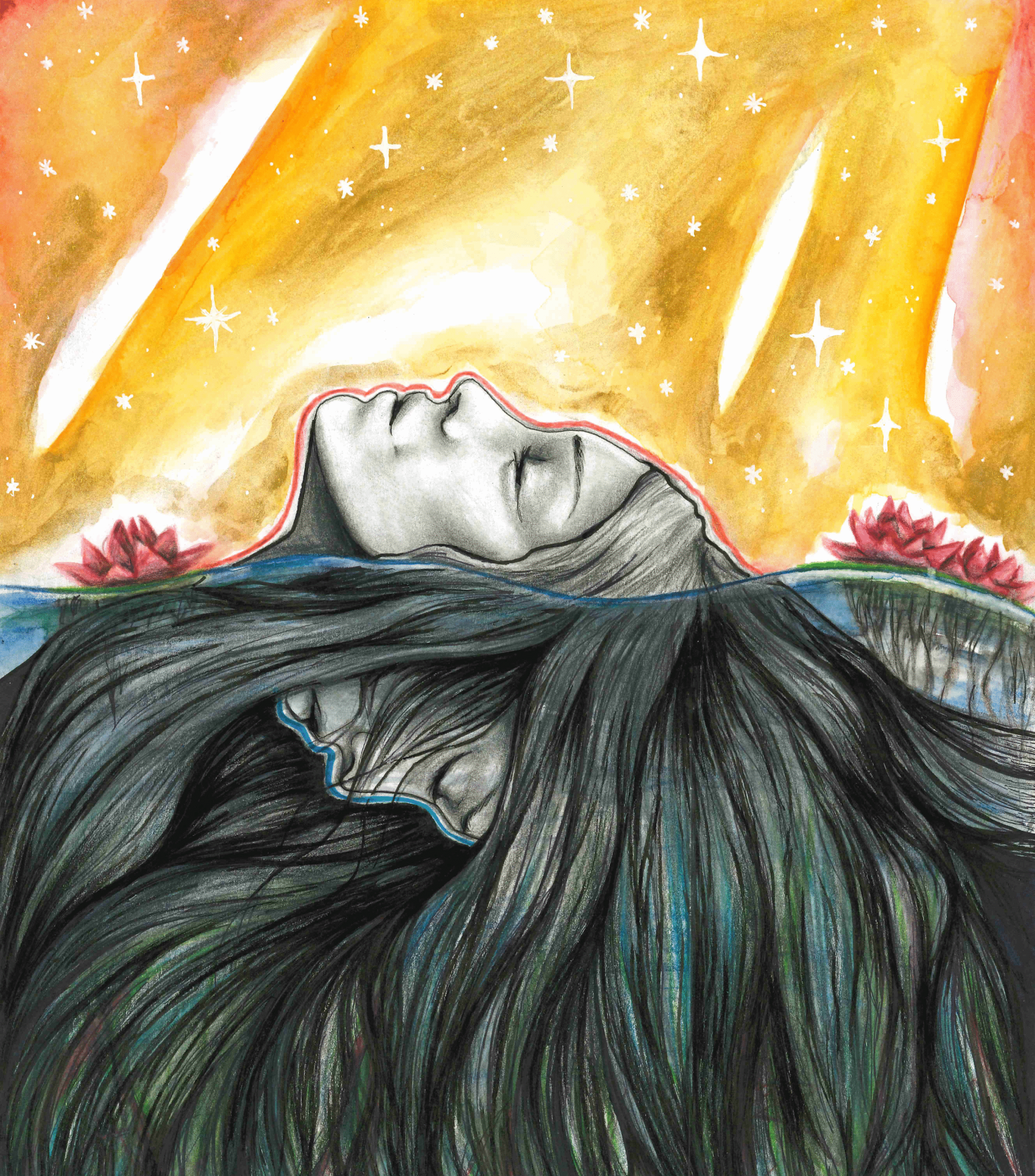
Art helped me survive, if not thrive, despite my trauma. Art taught me to see the world with courage, kindness, and love.
Polina Pivak
5. Your use of bright colour and fantastical details feels very intentional. What role does imagination play in your creative process?
As a child, I yearned for magic to be real. Art has given me the power to create it. Imagination was once my escape; now it’s my guide. I bring that sense of wonder into each piece through vivid colours and fantastical details. It helps me transform real emotions and landscapes into something that speaks to the seen and unseen. Imagination fuels every step of my creative process—from concept and composition to execution and final touches. It allows me to move beyond what is and into what could be, helping me bring more profound meaning and joy to the viewer.

6. What advice would you give to women artists who want to tell deeper personal or collective stories through their work?
Rich Rubin in the Creative Act urges artists not to spend too much time trying to create a message in their work. The authenticity in your work will speak volumes on its own. An artist should create what they feel strongly towards without applying boundaries to their work in an attempt to be profound. It can also be challenging to control the interpretations made by the audience. Therefore, an artist must cultivate a connection to their work first and foremost. Start with what moves you—what keeps you up at night, what makes your heart swell. Let the work grow from that space of emotional truth.
Further, artists should not worry about what they think their audience wants to see. Women are especially vulnerable to conforming and changing themselves to be digestible. Women often shrink themselves for the rest of the world. As a result, the deeper personal or collective stories portrayed by women artists can become compromised or tainted by expectations and conformity. Therefore, women artists must, now more than ever, not be afraid of sharing who they are. The world needs your authentic voice, in all its power. Your story matters. Speak it boldly through your work—no one can take that away.

Polina Pivak’s art reflects her lived experiences, which are rooted in movement and memory and her connection to people and the land. Through her portraits and landscapes, she explores what it means to find strength through hardship and presence in the natural world.
Her work reminds us that creativity can come from the most challenging places, and that imagination is a way to rebuild and reconnect. From this conversation, we’ve learned that telling our stories—no matter how messy or quiet—can be a way to find clarity, comfort, and belonging for ourselves and others.
To learn more about Polina, click the following links to visit her profile.
Arts to Hearts Project is a global media, publishing, and education company for
Artists & Creatives: An international audience will see your work of art patrons, collectors, gallerists, and fellow artists. Access exclusive publishing opportunities and over 1,000 resources to grow your career and connect with like-minded creatives worldwide. Click here to learn about our open calls.

